Hairline and temples restored by FUE IM
Early hair loss in men is often characterized by a receding hairline and thinning at the front and around the temples. At this stage, a hair transplant using the the FUE Ilter Method (FUE IM) can bring back a sense of proportion and symmetry to the face.
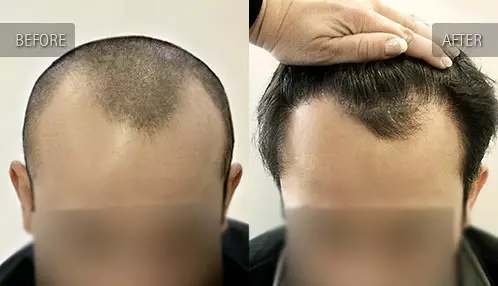
The patient wanted to regain a natural-looking hairline with increased density so that they could vary their hairstyle without a linear scar at the back of their head.
MD Ilter: While the middle party of the hairline is still proportional, the temples are deep and asymmetric. To fit the density of the hair around it, the patient required 120 follicles per cm2. To regain the face’s symmetry and lower the temples, the patient received 2,000 grafts. Full density and a natural hairline were achieved in a single session. (Norwood 3 to a Norwood 1)
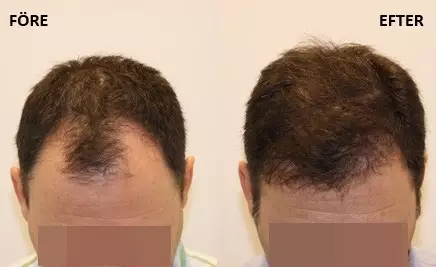
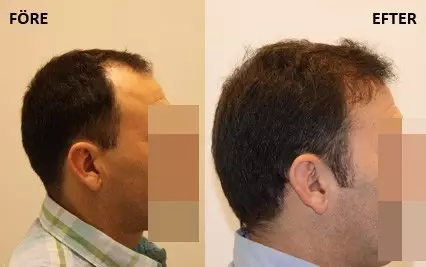
The patient was suffering from hair loss in front and had lost his hairline. He wanted his original hairstyle back
MD Ilter: We used 2,000 grafts to recreate the patient’s natural look and provide a general increase in density for his front. The grafts combined with the patient’s remaining hair fulfilled the patient’s wishes.
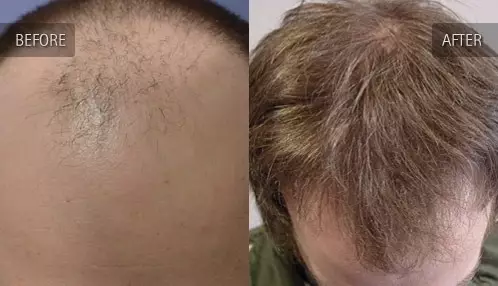

The patient was suffering from aggressive hair loss at an early age. The thinning affected his confidence and he wanted a younger, more attractive look combined with greater density for both his front and crown.
MD Ilter: We used 2,000 grafts to recreate the patient’s natural look and provide a general increase in density for his front. The grafts combined with the patient’s remaining hair fulfilled the patient’s wishes. On the Norwood Scale, he went from a 4A to a 2.
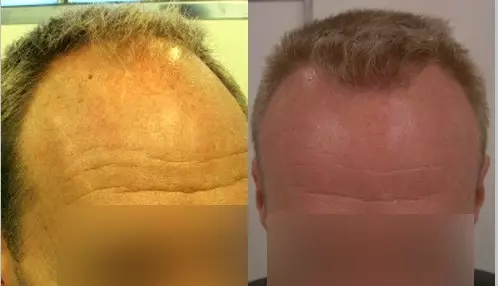
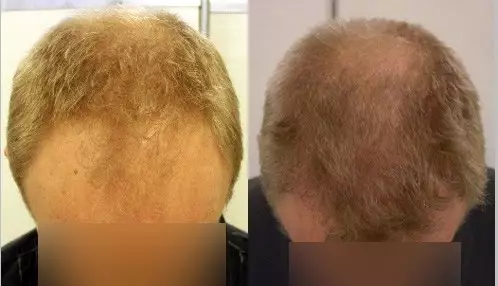

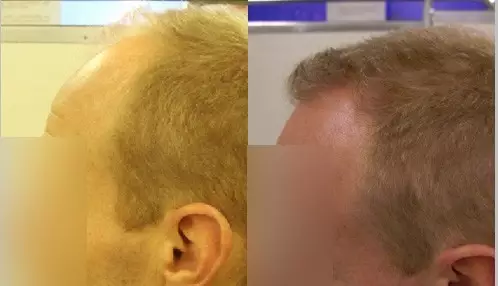
The patient was affected by hair loss at the front and on his crown. The hair loss from his hairline and front was the most irritating for him in particular and he wanted us to recreate a natural frame around his face.
MD Ilter: We always recommend that our patients fix their front and hairline first. These areas have the most negative effect on your face’s natural frame when you lose hair. For this patient we created a natural front and hairline that suited his features well.
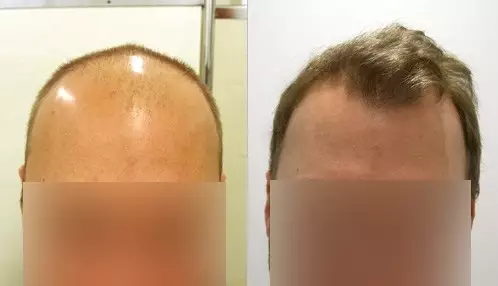
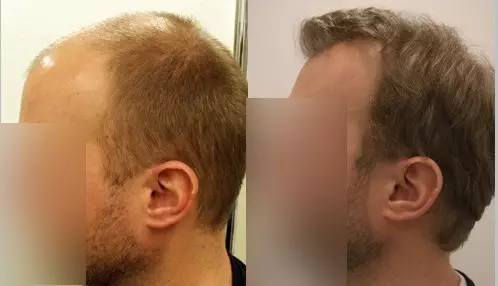

The patient experienced hair loss at the front. His face had lost its natural frame and he did not like what he saw in the mirror. He wanted to regain a natural hairline and bring back his looks from a few years before.
MD Ilter: We achieved a satisfying result for the patient with 2,000 grafts that were positioned strategically and at a natural angle.
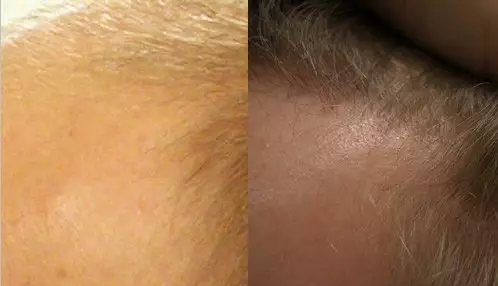
Note in this close up how natural the angle and skin look.
MD Ilter: Placing fine hairs at the front of the fringe give a natural impression in perfect harmony with the face. It is almost impossible for others to see that the patient underwent a hair transplant.

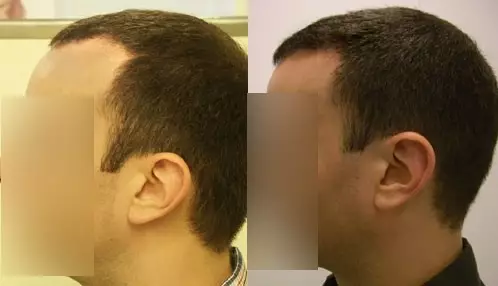
Note how natural the hairline looks.
Denne man har förlorat en del av hårfästet och han tycker att det påverkar frisyren och utseendet negativt. Han har även drabbats av håravfall i hjässan som han vill åtgärda under samma behandlingstillfälle. Patienten vill ha en naturtrogen frisyr tillbaka. Han vill ha en naturlig täthet som ser bra ut även om han skulle fortsätta att tappa kringväxande hår i framtiden.
MD Ilter: By using single hair grafts for the front of his hairline, we were able to position them at the right angle and create a hairline that looked totally natural. In all, 600 grafts were used for his front hairline and 1,000 for his crown.
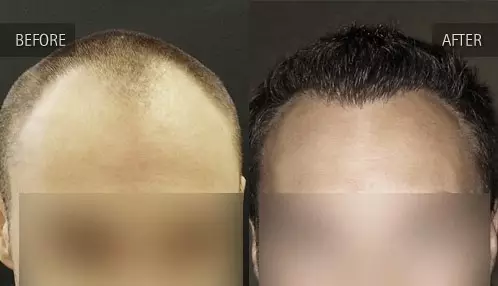
The patient thought his hairline was thinning and cut his hair short as a result. He wanted a denser and more natural-looking hairline. However, he thought his receding temples gave him a “manly” loo, and wanted to keep them.
MD Ilter: This is an example of a weakened asymmetric hairline. To satisfy the patient’s wishes for a natural result with accurate growth direction and high density, the procedure required 1,500 grafts. We completed the work in a single operation. The patient went from Norwood 3A to a 2.
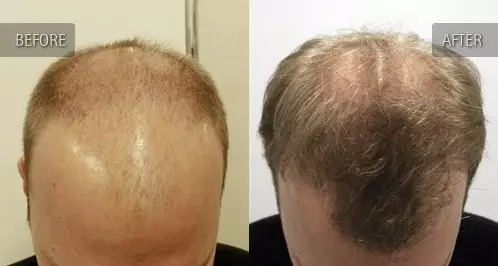
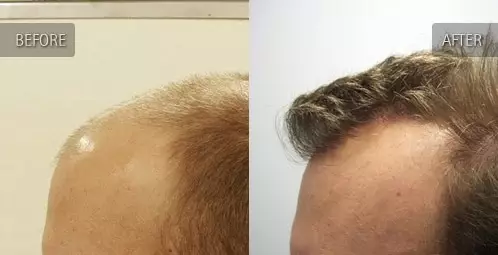
The image is taken from the side to show the natural hairline that was achieved using a FUE IM session. Observe the grafts natural angle and direction.
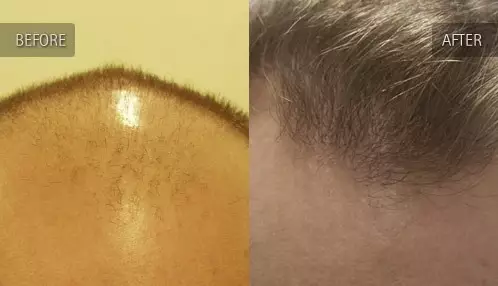
Close up on the treated area. Thanks to FUE IM, greater density is achieved without damaging the skin or negative side effects. 2,500 grafts were used in only a single session.
The patient accepted his thinning crown, but wanted to regain a natural frame around his face with a fuller hairline and fringe. He also wanted to see a more varied hairstyle in the mirror.
MD Ilter: A relatively large area was affected. But using 2,500 grafts, we were able to achieve a result that was in line with the patient’s demands. (Norwood 5A to a Norwood 3 with vertex)
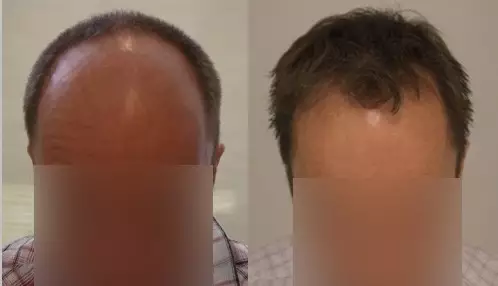
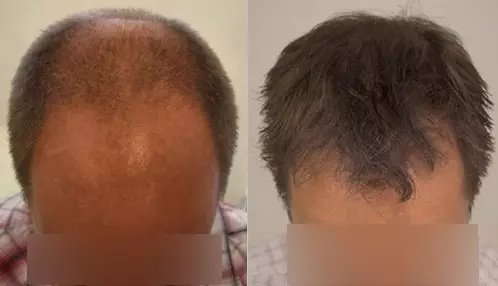
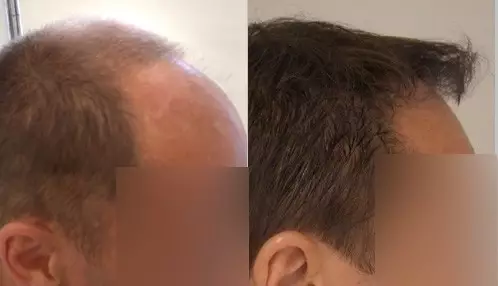
The patient had lost most of his hair. He wanted to regain a hairstyle that suited his age, with as much density as possible during a single session. It was important for him to vary his hairstyle in the future, so he did not want to suffer from a visible scar if he cut his hair short.
MD Ilter: It is important to create a strong and natural hairline as well as a dense fringe when trying to achieve a balanced hairstyle. We achieved this using 2,000 grafts, positioning them properly and strategically.
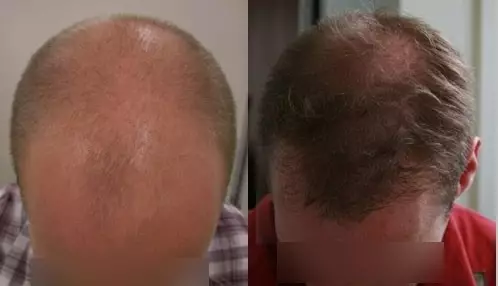
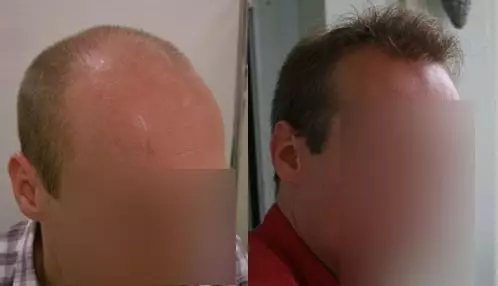
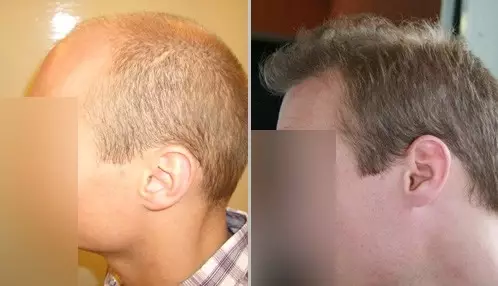
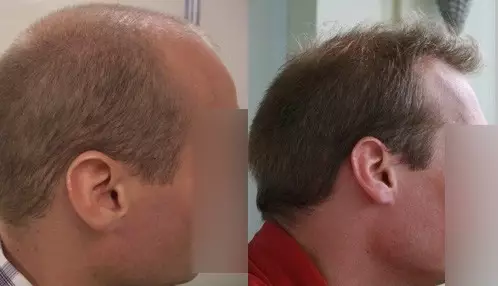
The patient was experiencing hereditary hair loss. He was in his 30s and wanted to fix the situation. He wanted a natural-looking result and he wanted back the fullness he once had. He was accepting that the hair was thinning at the back, but wanted more volume at the front. He did not want to take a lot of time off from work and wanted to feel good directly after the operation in order to enable work as normal after the procedure. He wanted to avoid a painful and long recovery time as a result.
MD Ilter: We transplanted 2,500 grafts in a single session to achieve a result that the patient was happy with.
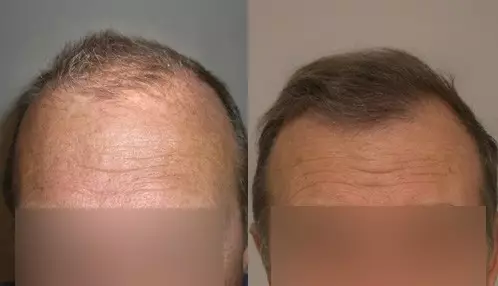
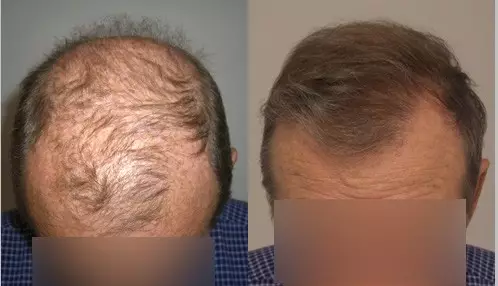
The patient had previously undergone an FUT / STRIP treatment at another clinic. The results did not live up to his expectations and he wanted an even and denser hairline that looked natural and attractive.
MD Ilter: In order to achieve a natural density and cover the entire affected area, we needed 2,000 grafts, which were transplanted in a single session.
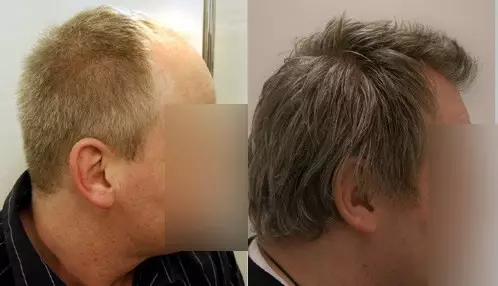
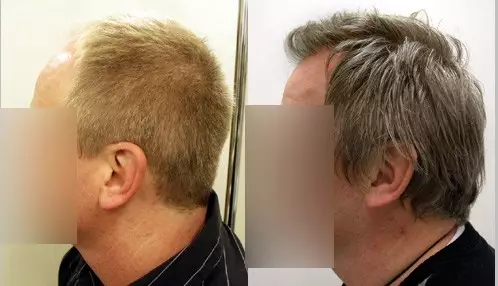
The patient felt he looked much older because of his hair loss. He wanted to regain a look that suited his age and his facial features. He also wanted a procedure that could be tailored to suit his needs and looks.
MD Ilter: In order to achieve the required density and create a hairstyle that reflected the patient’s wishes, we used 2,500 grafts.

The patient was unhappy with the thinning that had occurred over the past 5 years. He wanted to vary his hairstyles and regain a natural density in the affected area without any side effects.
MD Ilter: We were required to recreate a lower and more natural hairline at the temples, while reproducing the same density so it would blend with the surrounding hair. This was achieved with 1,200 grafts in a single session. (Norwood 3A to a Norwood 2)

The patient was aware that aggressive hair loss ran in his family. He was tired of cutting his hair short because of the thinning area and wanted to tackle the problem early.
MD Ilter: When we met the patient, he was in his 30s and was already suffering from advanced hair loss. Availability of hairs in the donor area was also limited. The first thing we did for him was to increase density at the front of his head by transplanting 2,500 grafts in a single treatment. He went from a Norwood 5A to a 2.
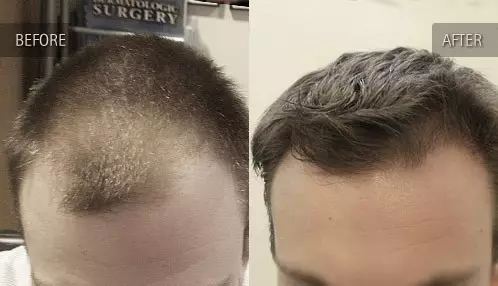
The patient was unhappy with his hair loss and tired of having the same hairstyle. He wanted more flexibility with his hair.
MD Ilter: By increasing the density with 1,000 grafts, we were able to fill out the patient’s thinning area and create a uniformity that would allow him to change his hairstyle. He went from a Norwood 3A to a 1.
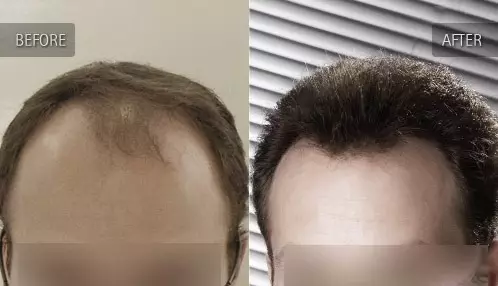
The patient did not like the changes he was seeing. He did not see himself in the mirror anymore and people considered him to be much older, despite his 27 years. He wanted a look that matched his age and would continue to look natural even if he continued to lose hair.
MD Ilter: We fixed the patient’s hairline and increased the density in the areas he found most problematic. We used 1,700 grafts. The patient was very happy with the results. He went from a Norwood 4A to a 2.
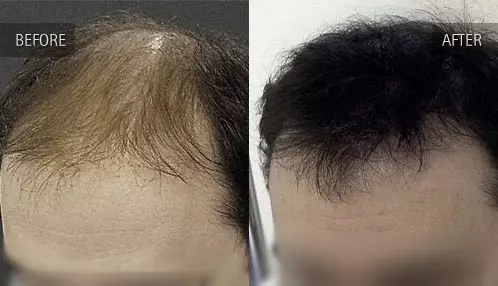
The patient was suffering from aggressive hair loss. This was affecting his confidence and he wanted a younger-looking appearance that reflected his actual age. The patient wanted a non-invasive procedure without a scar at the back of the head.
MD Ilter: Because the affected area is large, I chose to split the procedure into two treatment sessions. The first session was used to recreate the hairline and the front using 2,000 grafts. The results of this are shown in the image.
Because the patient was very happy with his new hairstyle after the first session, we chose to postpone the second session to a later date. (Norwood 5A to a Norwood 2A)
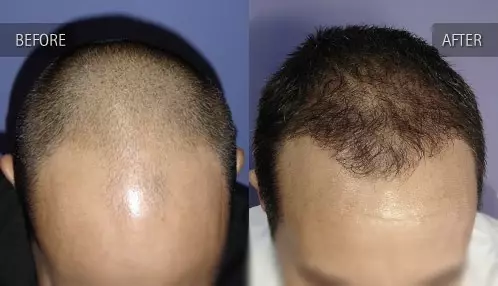
The patient was suffering from receding hair at the temples, which he wanted to “fill in” as realistically as possible as he often wore his hair cut short. Because of this, the results had to look 100 % natural.
MD Ilter: A lowering of the temples and increase in density was required in the central part of the front. 1,000 grafts were required to achieve the results and the hairstyle the patient wanted. (Norwood 3 to a Norwood 2)
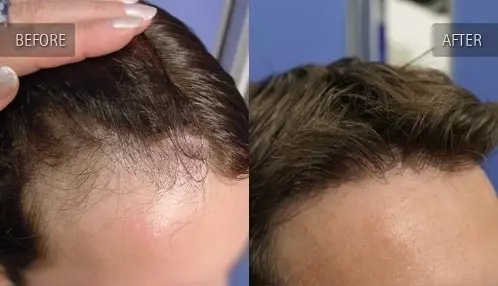
The patient had undergone an FUT/STRIP treatment at another clinic and was very unhappy with the results. He felt cheated that a well-known clinic had promised him more hair and a greater density at a lower price. He thought the results were very poor and far short of his expectations. He wanted to gain a natural density around his temples as quickly as possible so he could feel himself again.
MD. Ilter: The patient said he already had 1,500 grafts transplanted using the FUT/STRIP method, but his temples showed a density of growth that represented only 20 % of that number. We used 1,800 grafts to achieve the results the patient wanted.
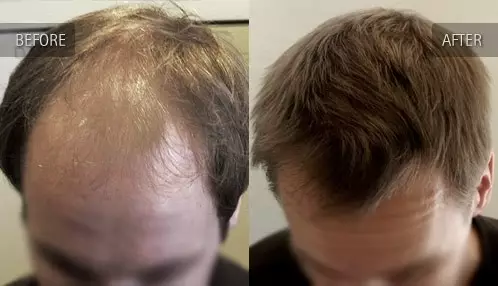
Despite his youth, the patient had already lost a large amount of hair. He wanted to regain as much as possible in a single session. He wanted a long-term natural look and wanted to avoid any method that might produce a “doll hair” look or other strange side effects that could become more problematic than the hair loss itself.
MD Ilter: During his free consultation, we observed that the patient had a natural swirl in his hairline and he decided he wanted to keep it. We used 2,500 grafts to recreate a fuller and balanced hairline that included his swirl at the front. He went from a Norwood 4A to a 2.
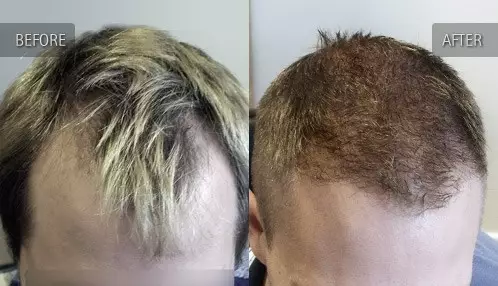
This was a young patient who was troubled that his hair did not feel as full as it used to and that it was difficult to style. An area behind the fringe was causing him the most stress and he also wanted to lower the temples.
MD Ilter: The patient had thin strands of hair but a very high density around the affected areas. We used 500 grafts in each temple area and 500 behind the fringe for a total of 1,500. The results after a single session gave the patient the hairstyle he wanted.
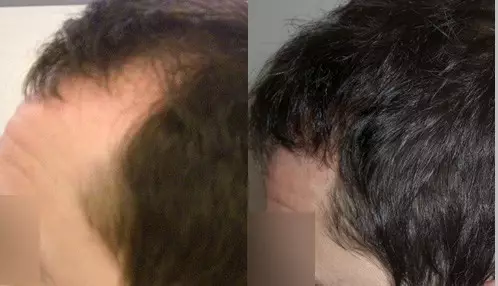
The patient had receding hair around his temples that he wanted to lower. He wanted to regain a more youthful hairstyle that he had worn a few years earlier. He also wanted to recreate natural hair density in the affected areas using a method that was both painless and risk-free.
MD Ilter: Using just 1,200 grafts, we were able to lower the patient’s temples and increase the density of his hair for a more natural look.
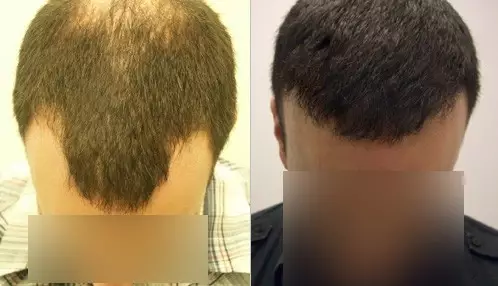
The patient always had good hair density before seeing it gradually decrease on his crown. It was bothering him and he wanted to regain a balanced hairstyle that would give him a more attractive and youthful look.
MD Ilter: We were able to create a natural look for the patient thanks to our refined FUE IM treatment featuring placing grafts at the right angle and direction and allowing greater density of placements.
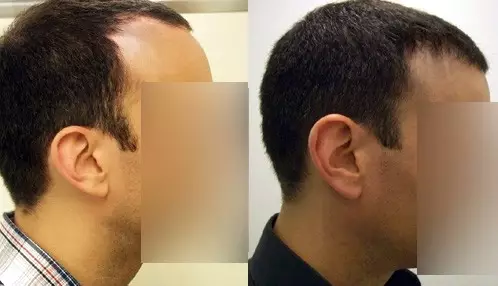
The patient had lost hair around his temples and wanted to lower them for a more balanced look. He wanted as little surgery as possible and avoiding visible scars and stitches. He did not want to experience pain or risk losing sensitivity.
MD Ilter: The most aesthetically demanding challenge is to lower a patient’s temples while maintaining a natural look. Note how hard it is to spot that the patient has had a hair transplant. We used only 300 grafts to achieve this result.

The patient had gone through an FUT/STRIP treatment, but the results were poor. His hair was thin and his scalp was scarred. The patient saw the problems with his hair as worse than before his FUT/STRIP operation. He wanted a more natural hairline, but without lowering it further.
MD Ilter: We transplanted 2,000 grafts to give the patient a natural look, with good density. The results fulfilled the patient’s wishes.

